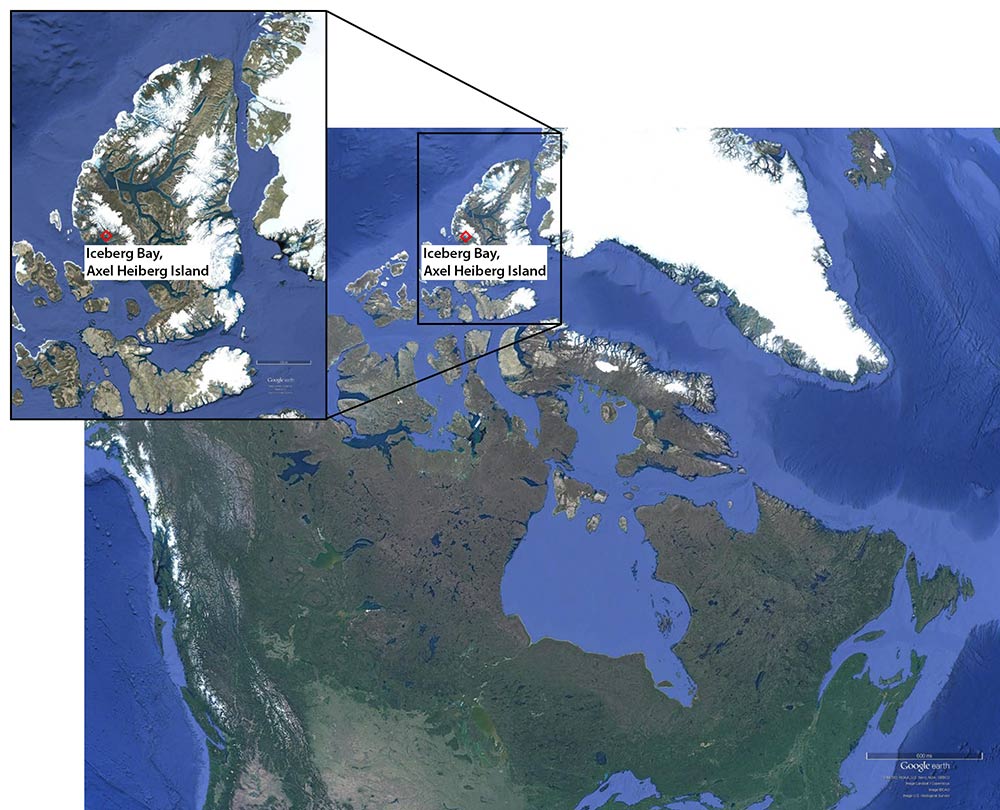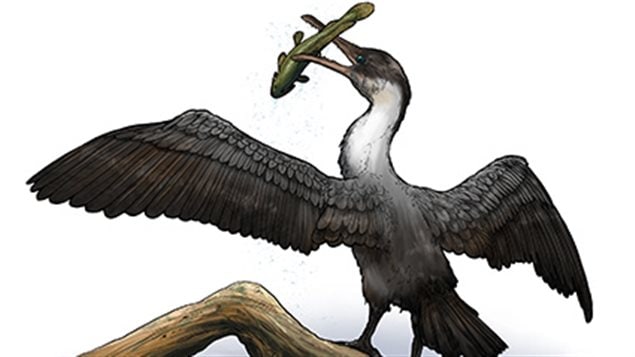Researchers at the University of Rochester have discovered a new species of bird that lived in the High Canadian Arctic about 90 million years ago, when the area had a local climate similar to that of today’s northern Florida.
The bird fossils, found on western Axel Heiberg Island near Expedition Fiord, in northern Nunavut, are among the oldest avian records found that far north, according to a study published in the journal Scientific Reports.
“The bird would have been a cross between a large seagull and a diving bird like a cormorant, but likely had teeth,” John Tarduno, professor and chair of the Department of Earth and Environmental Sciences at the University and leader of the expedition said in a statement released by the university.
Tarduno and his team, named the bird Tingmiatornis arctica; “Tingmiat” means “those that fly” in the Inuktitut.
University of Rochester researchers believe their find offers further evidence of “extreme global warmth” during the Turonianan age, likely caused by CO2 emissions from intense volcanic activity, during the late Cretaceous period. Research indicated bottom water temperatures between 18 °C and 25 °C with surface waters as warm as 35 °C, the study said.
The fossils found on Axel Heiberg Island allow researchers to form a clearer picture of an ecosystem that would have existed in the Canadian Arctic during the Cretaceous period’s Turonian age, which lasted from approximately 93.9 to 89.8 million years ago.
Judging from the fossil and sediment records, the bird’s environment in the Canadian Arctic during the Turonian age would have been characterized by volcanic activity, a calm freshwater bay, temperatures comparable to those in northern Florida today, and creatures such as turtles, large freshwater fish, and champsosaurs—now-extinct, crocodile-like reptiles, according to the researchers.
“The fossils tell us what that world could look like, a world without ice at the Arctic,” Richard Bono, a PhD candidate in earth and environmental sciences at the University, said in a statement. “It would have looked very different than today where you have tundra and fewer animals.”

Map showing the area in the Canadian arctic where the fossil was found. (Source: Google Earth; inset illustration by Richard Bono and Rory Cottrell)
Based on reporting by Lindsey Valich, University of Rochester







For reasons beyond our control, and for an undetermined period of time, our comment section is now closed. However, our social networks remain open to your contributions.